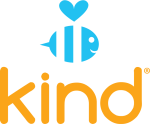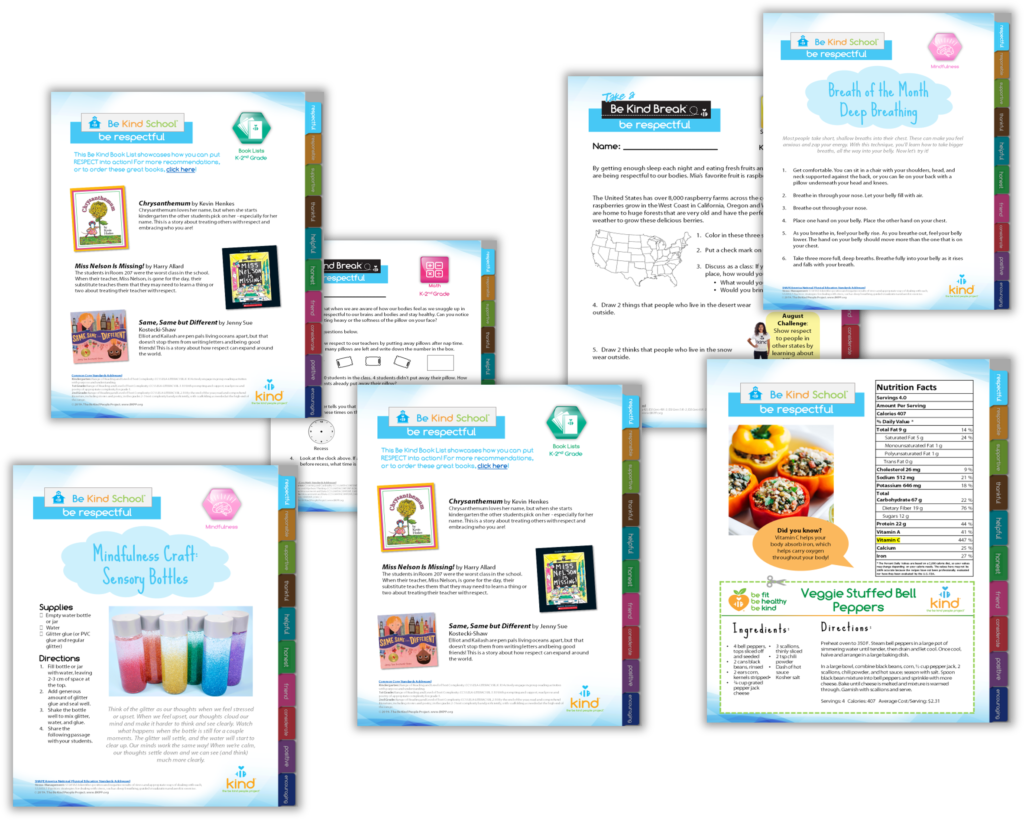- About
- Programs
- After School Classes
- All-School Assemblies
- The BE KIND Business
- The BE KIND Community Education Center
- The BE KIND SCHOOL
- BE KIND on the MOVE
- Classroom Resources
- #CyberSkills
- Family Engagement
- Fitness Programs
- Gardens
- Grace’s Group
- Health & Wellness
- Summer Programs
- Teacher Training
- Wellness Wednesday
- Athletes for Arizona
- Events
- Get Involved
- Donate
Get some good sleep with Wellness Wednesday!
- Home
- Wellness Wednesday
- Healthy Habits
- Get some good sleep with Wellness Wednesday!
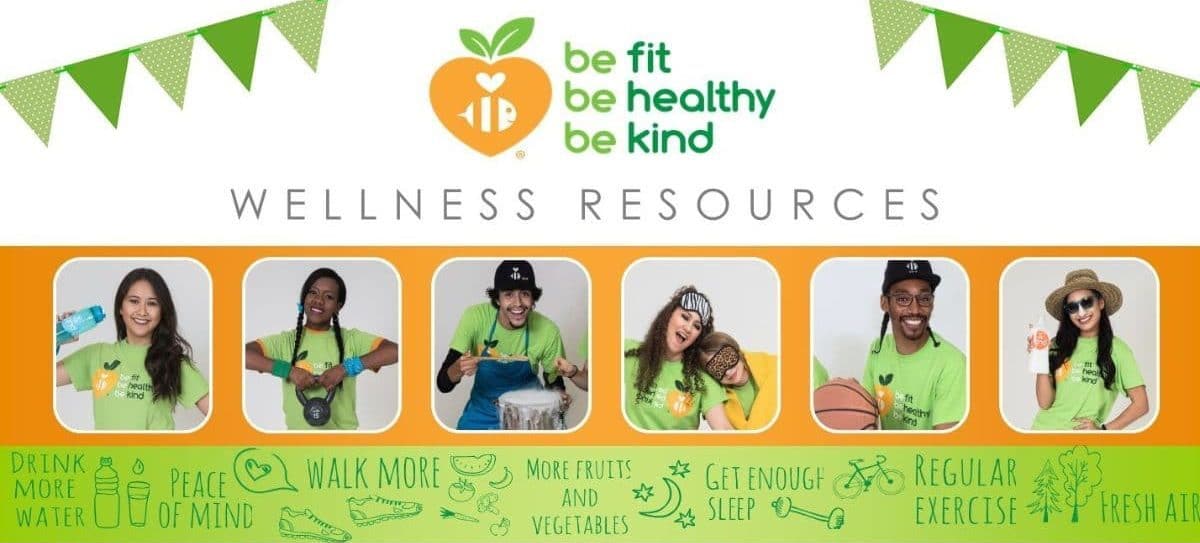
Wellness Wednesday emails are designed to provide you with simple tools, information, and resources to encourage positive and healthy lifestyle choices. As a proud recipient of The Healthy Arizona Worksite Award, The Be Kind People Project is committed to the health and wellness of their employees, friends, and family.
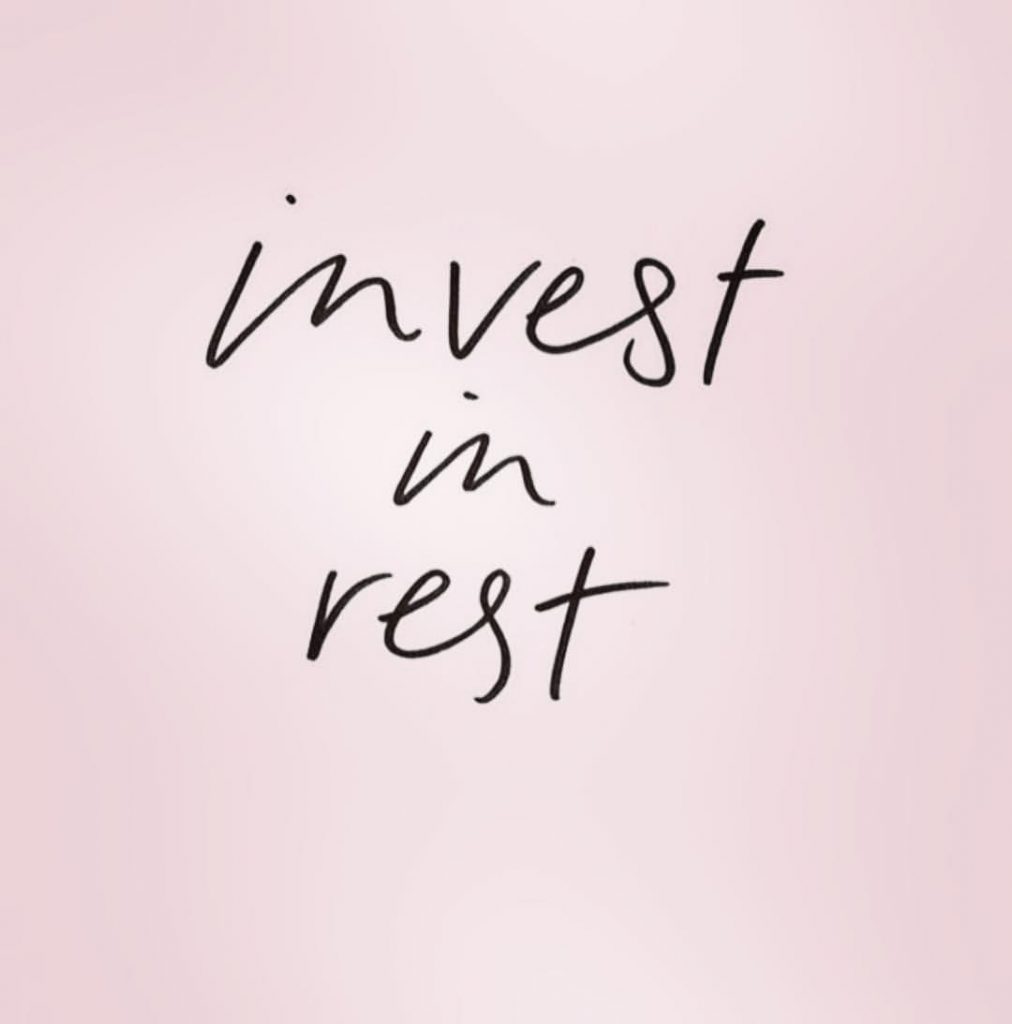
Got the snooze blues?
Good morning, everyone! We hope you got plenty of sleep before taking on the day. While sleeping is a breeze for some, it can be a real problem for others. According to the CDC, a THIRD of adults in the U.S. don’t get the recommended amount of sleep. A lack of sleep is associated with an increased chance of developing chronic disease, decreased work productivity, and more. So, grab some lavender-scented products, turn the lights down low, and let’s talk about sleep!
How to Sleep
Sometimes getting a good night’s sleep comes naturally, but other times the sleep experience tends to begin with a restless night and end with a groggy morning. Knowing how much to sleep and how to successfully fall asleep is essential in transforming the latter scenario. Here are some CDC resources to help you out:
- Like many aspects of life, the amount of sleep you need changes as you age. Try using the CDC’s How Much Sleep Do I Need? chart as a guide for how much shut-eye your body needs!
- The CDC recommends a consistent sleep routine. Make sure to set the mood for a successful night of sleep by avoiding caffeine and alcohol before bed, reducing your screen time, and moving your body throughout the day. For more ideas, check out the CDC’s Tips For Sleep.

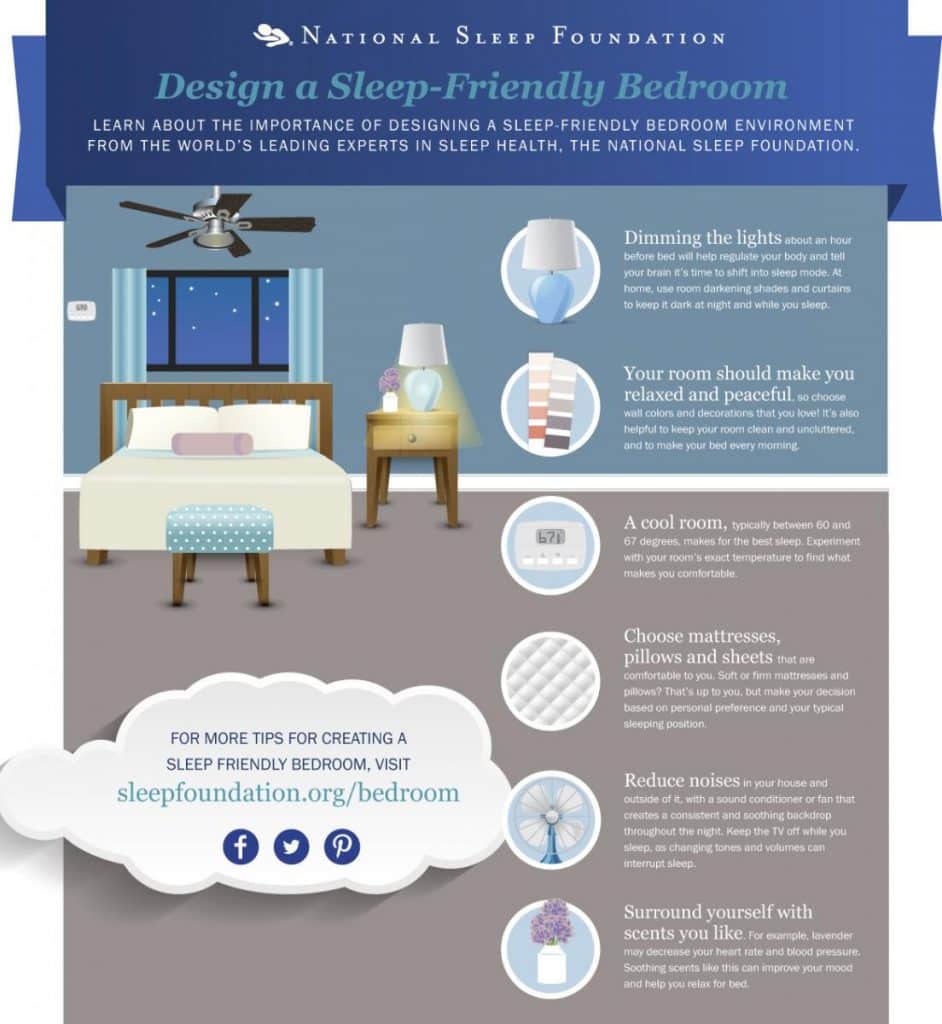
Best Sleep Environment
Where you sleep can impact how you fall asleep if you stay asleep, and your overall quality of sleep. While there are some things in our external environments that we cannot change, we can often adjust sources of light or sound that may be spoiling our sleep environments! Here are some tips to get you started:
- Research suggests that light exposure impacts your circadian rhythm, which then impacts your natural sleep cycle. To improve your sleep, try turning off some lights around dusk and shifting from cool lights to warm lights where possible. At bedtime, avoid excess artificial light and consider wearing an eye mask if the light is unavoidable.
- Noisy environments are linked to increased restlessness and problems sleeping. The Sleep Foundation recommends turning off electronics and using earplugs to manage sound at bedtime. On the flip side, if you find yourself unable to fall asleep in silence, consider a white noise maker or set up some soothing sounds to help you drift asleep!
For more tips on creating the perfect sleep environment, click here!
Phones and Sleep
While we can use our phones to help track and regulate our sleep cycles, it is important to remember that blue light exposure from our phones can keep us awake at night (as can filling up our minds with social media posts right before bed!). Here are some tips on how to use your phone at night when necessary:
- Many phones now have a “Night Mode” option that turns down the brightness and decreases the amount of blue light emitted. Click here for more information on how to adjust your technology settings to help you sleep!
- You should limit your screen time before bed, but if you have difficulties falling asleep, these apps might help.
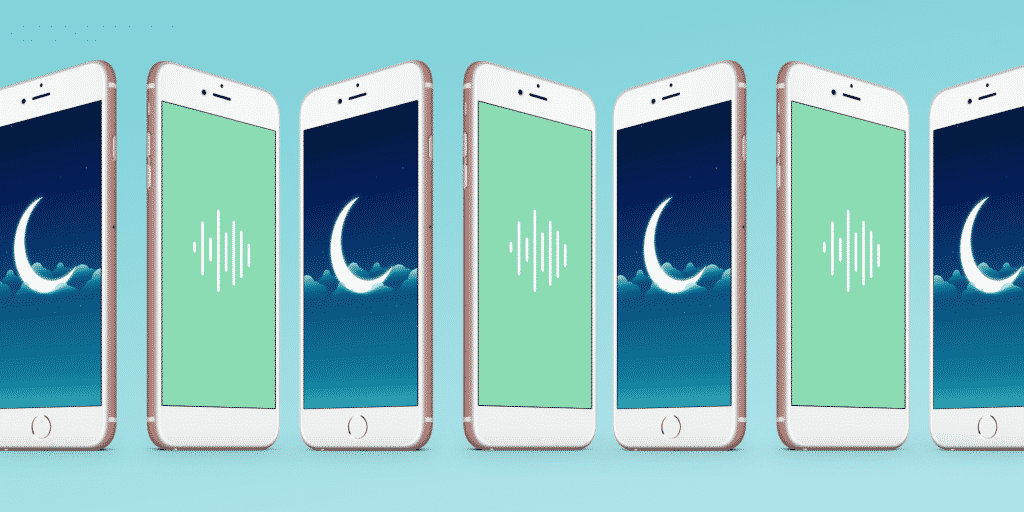
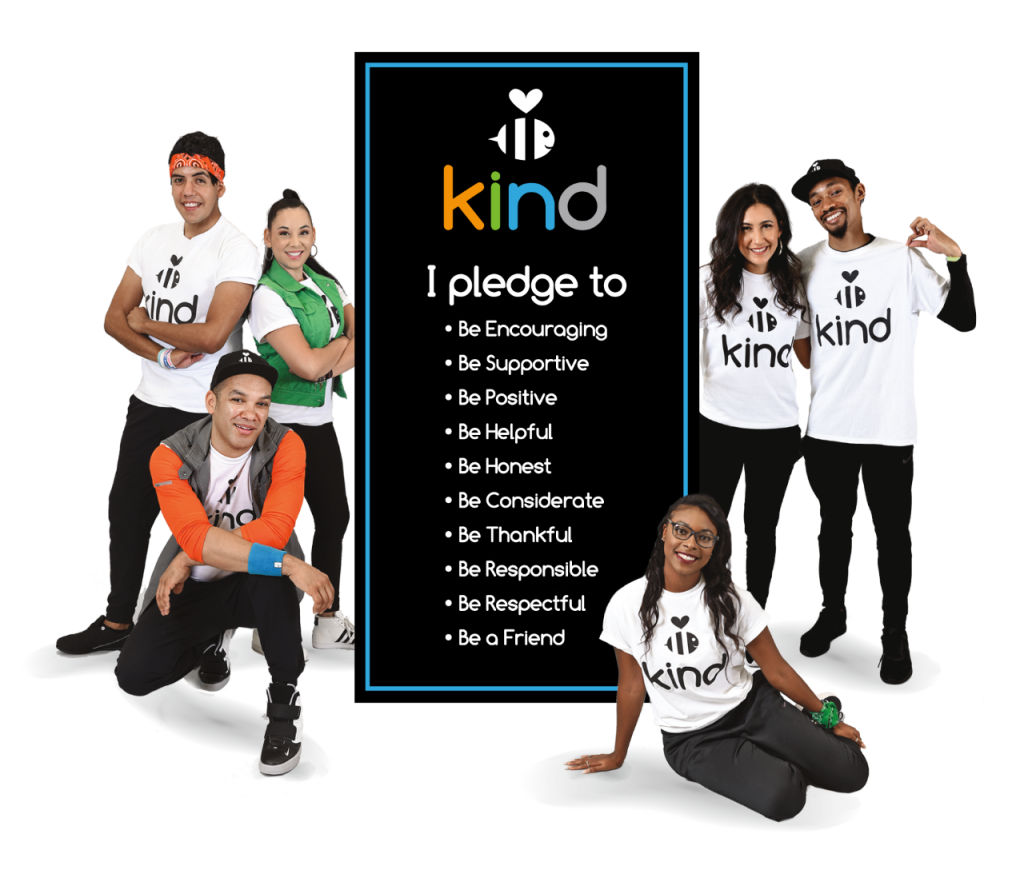
Take a Time Out!
Try taking part in the American Heart Association’s Snooze-Fest Challenge! Challenge yourself to make small changes every week to improve your sleep. Share your progress on social media and encourage others to do the same.
Published May 20th, 2020
By Amanda Torrez, School Wellness Programs & Events Intern

Questions? Comments? Want to contribute to the Wellness Wednesday Bulletin?
Send your ideas to Krysta Flores at krysta@bkpp.org.

Learn More about The Be Kind People Project®
- Programs
- After School Classes
- All-School Assemblies
- The BE KIND Academy
- The BE KIND Business
- The Be Kind Break
- The BE KIND School
- The BE KIND on the MOVE
- #CyberSkills
- Family Engagement
- Fitness Programs
- Gardens
- Grace’s Group
- Health & Wellness
- Summer Programs
- Teacher Training
- Wellness Wednesday
- Athletes for Arizona
Copyright © The Be Kind People Project | Privacy Policy
